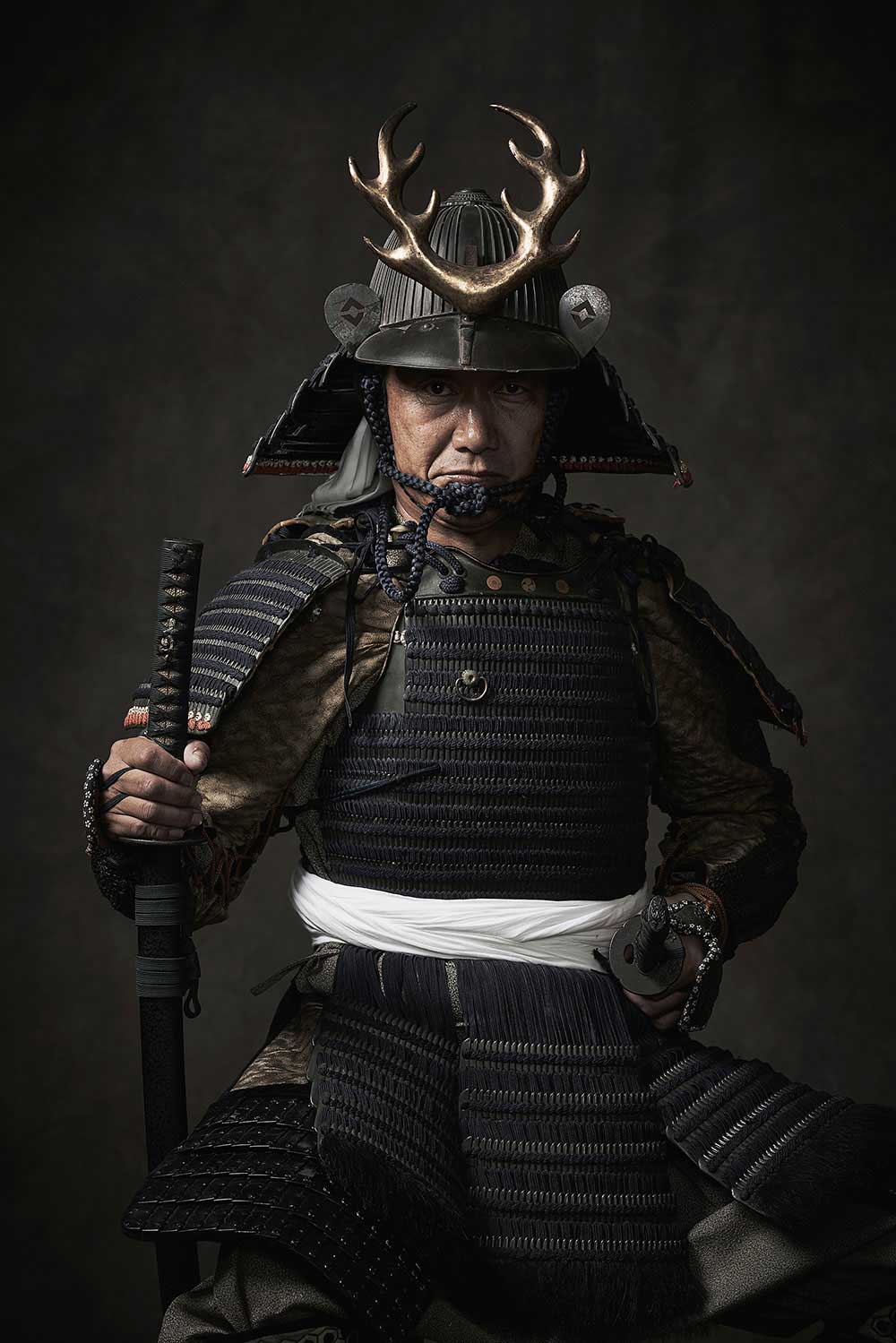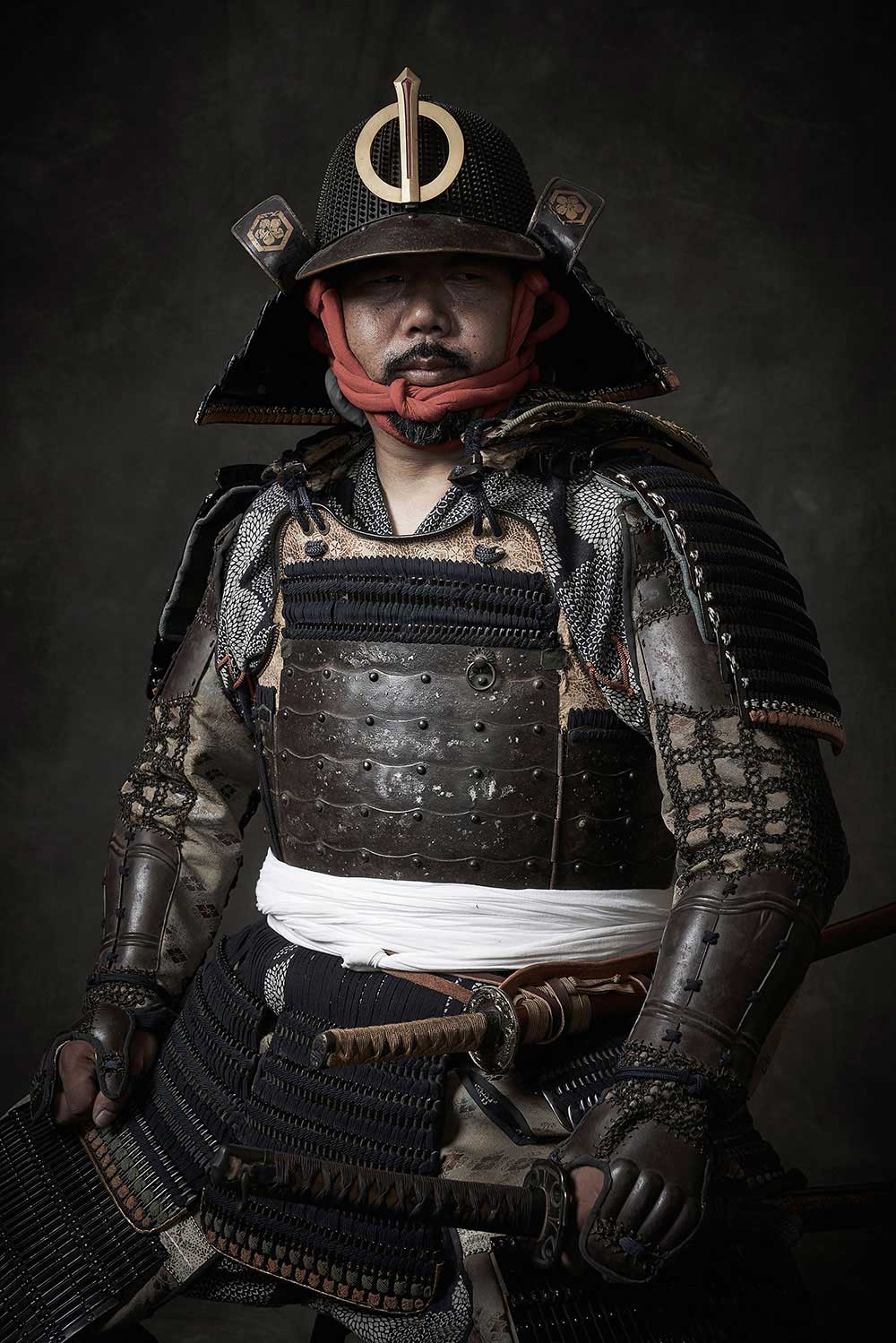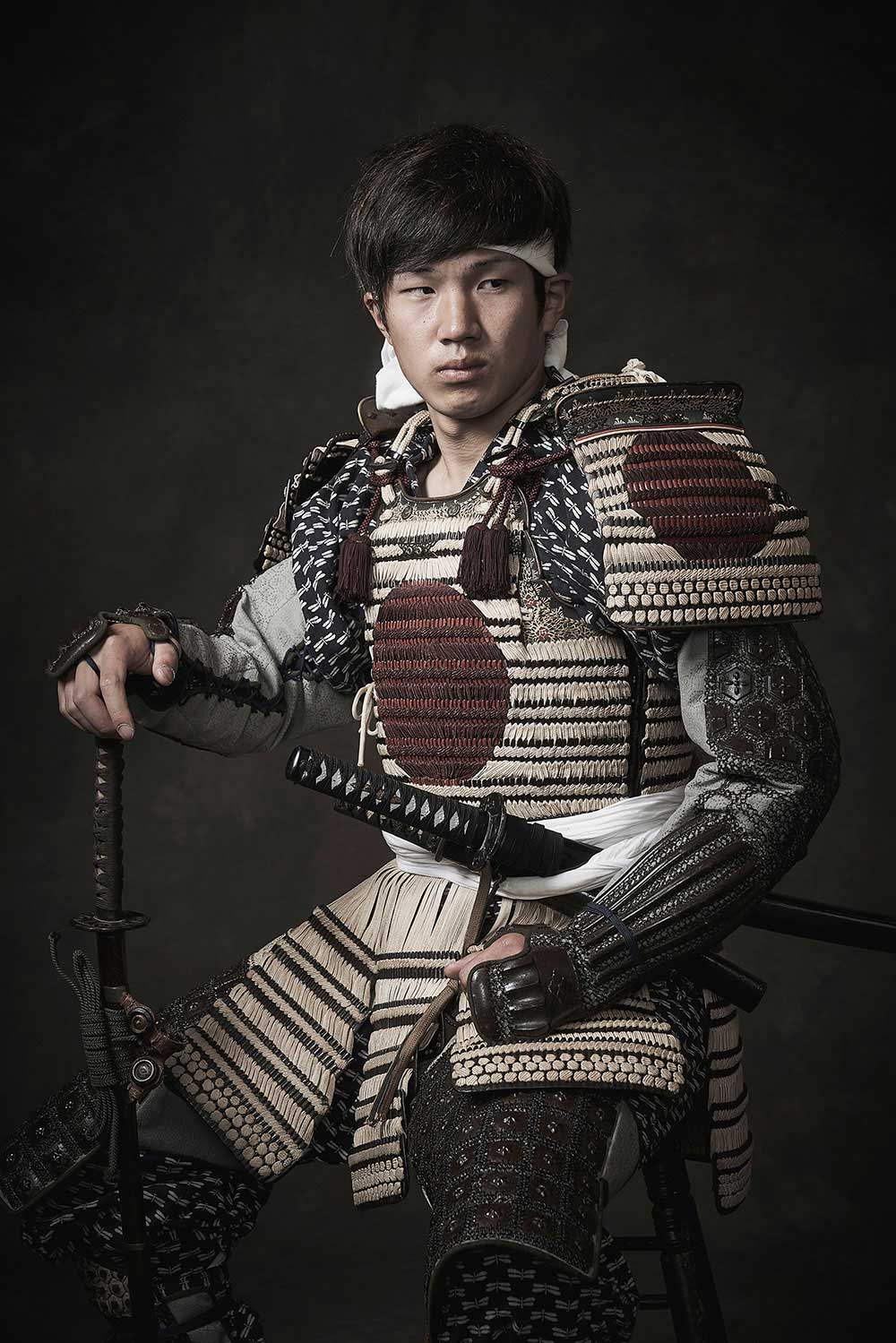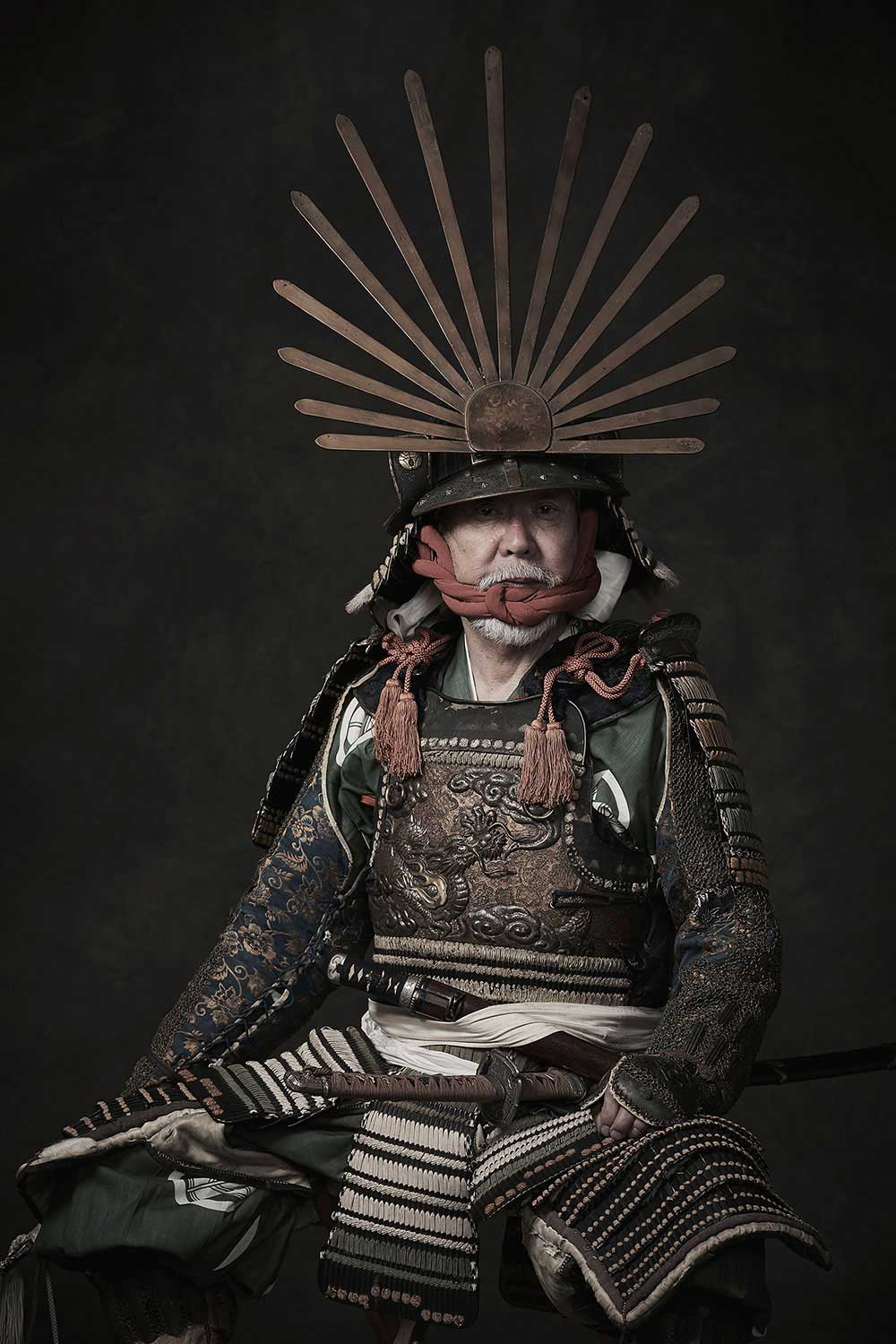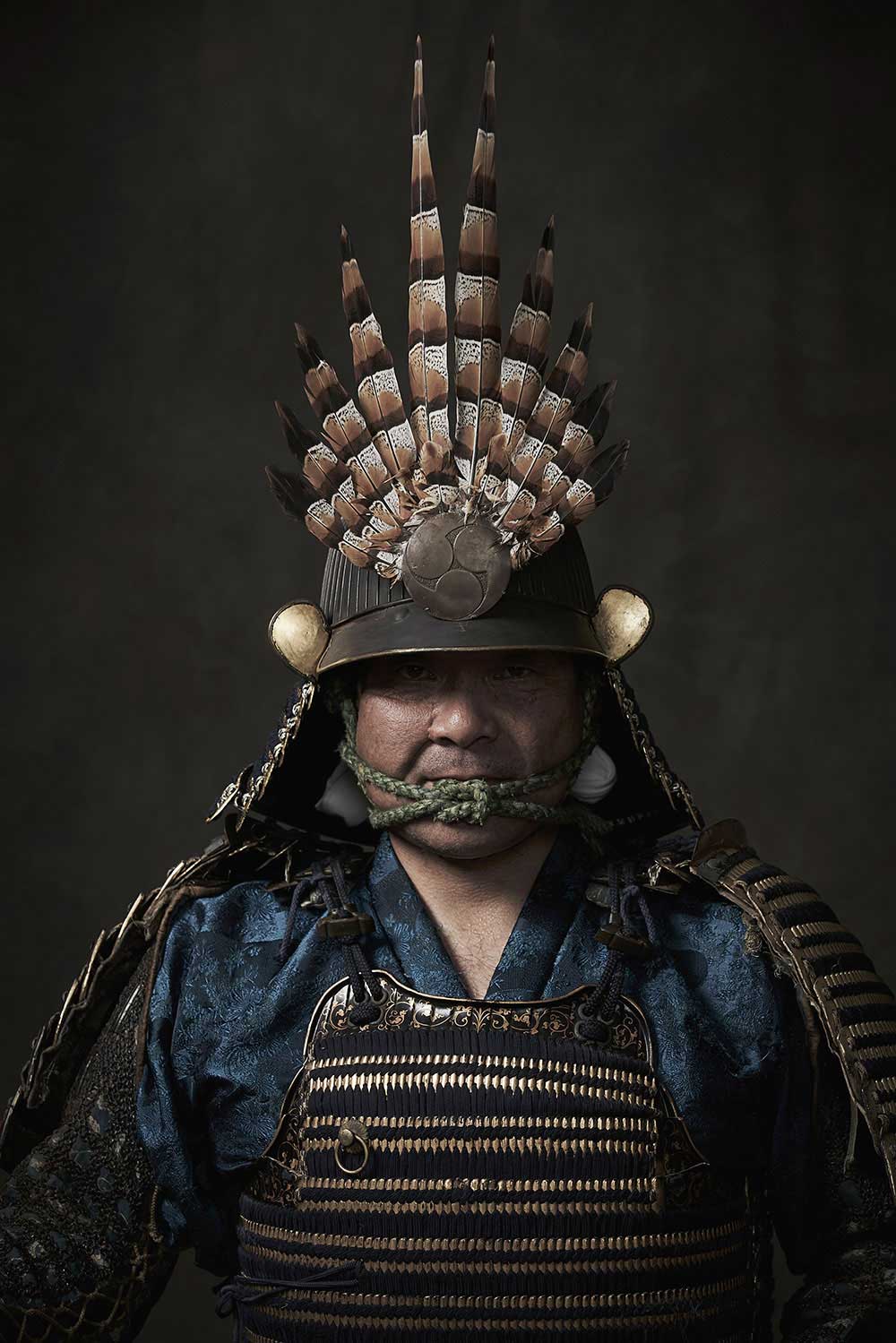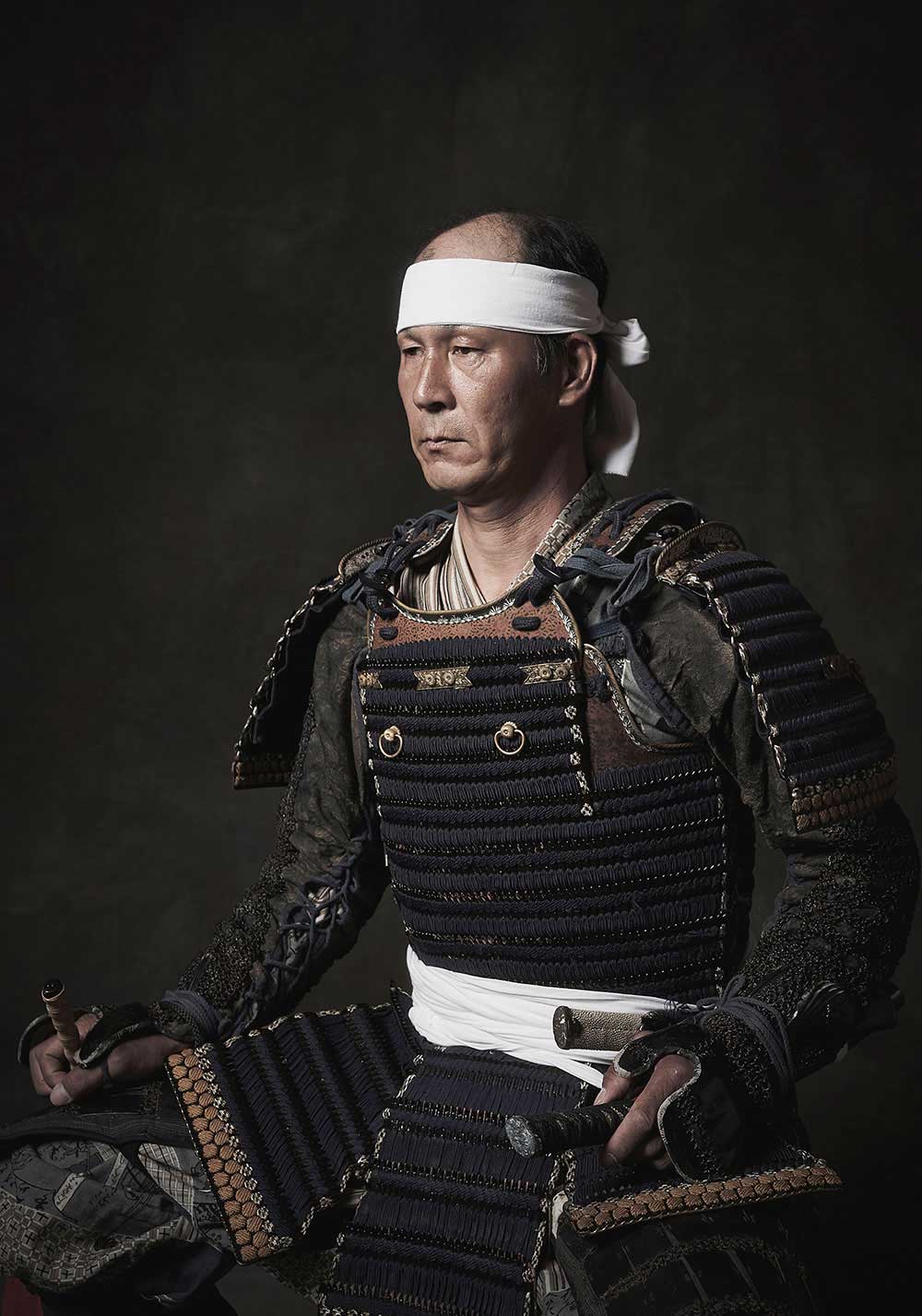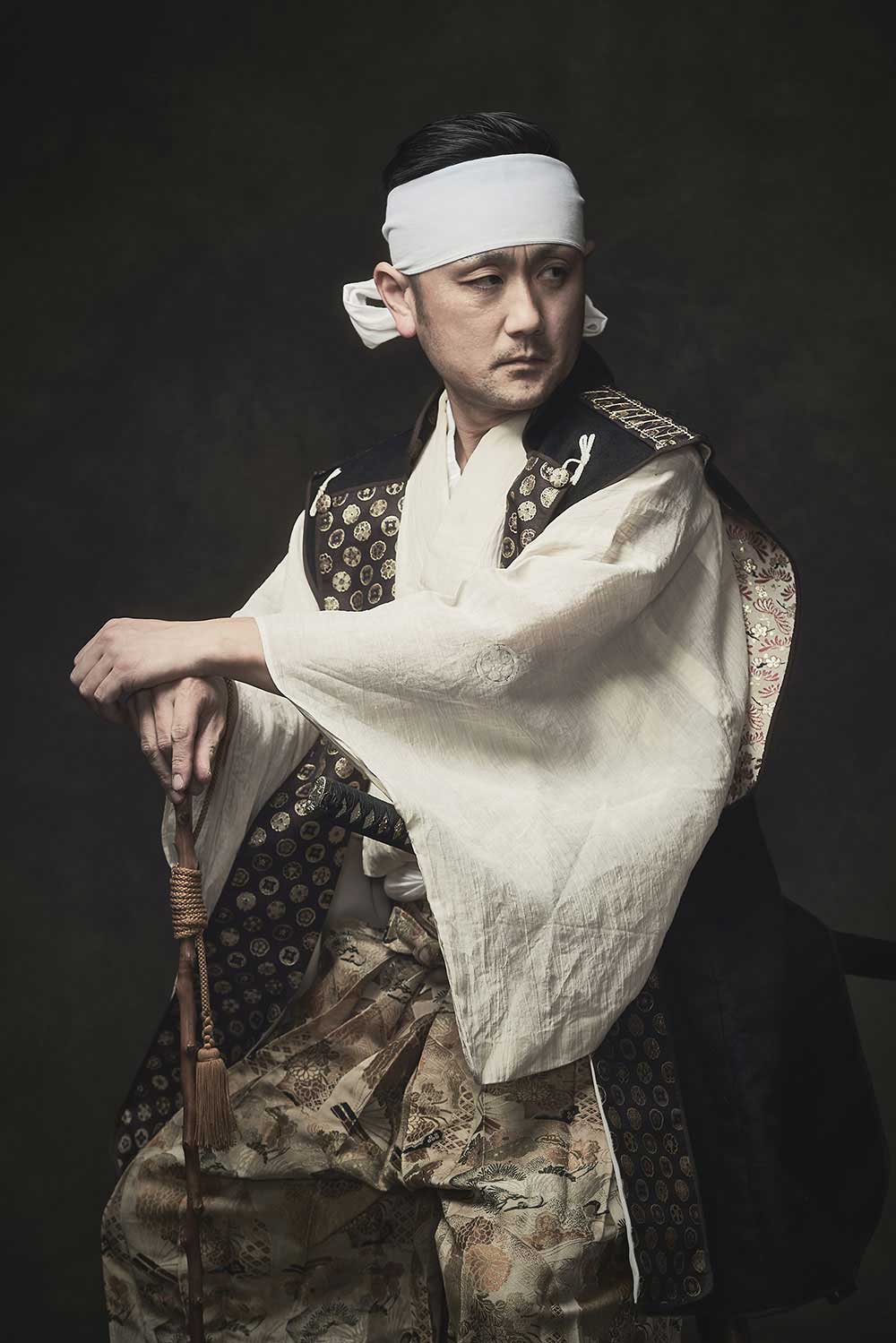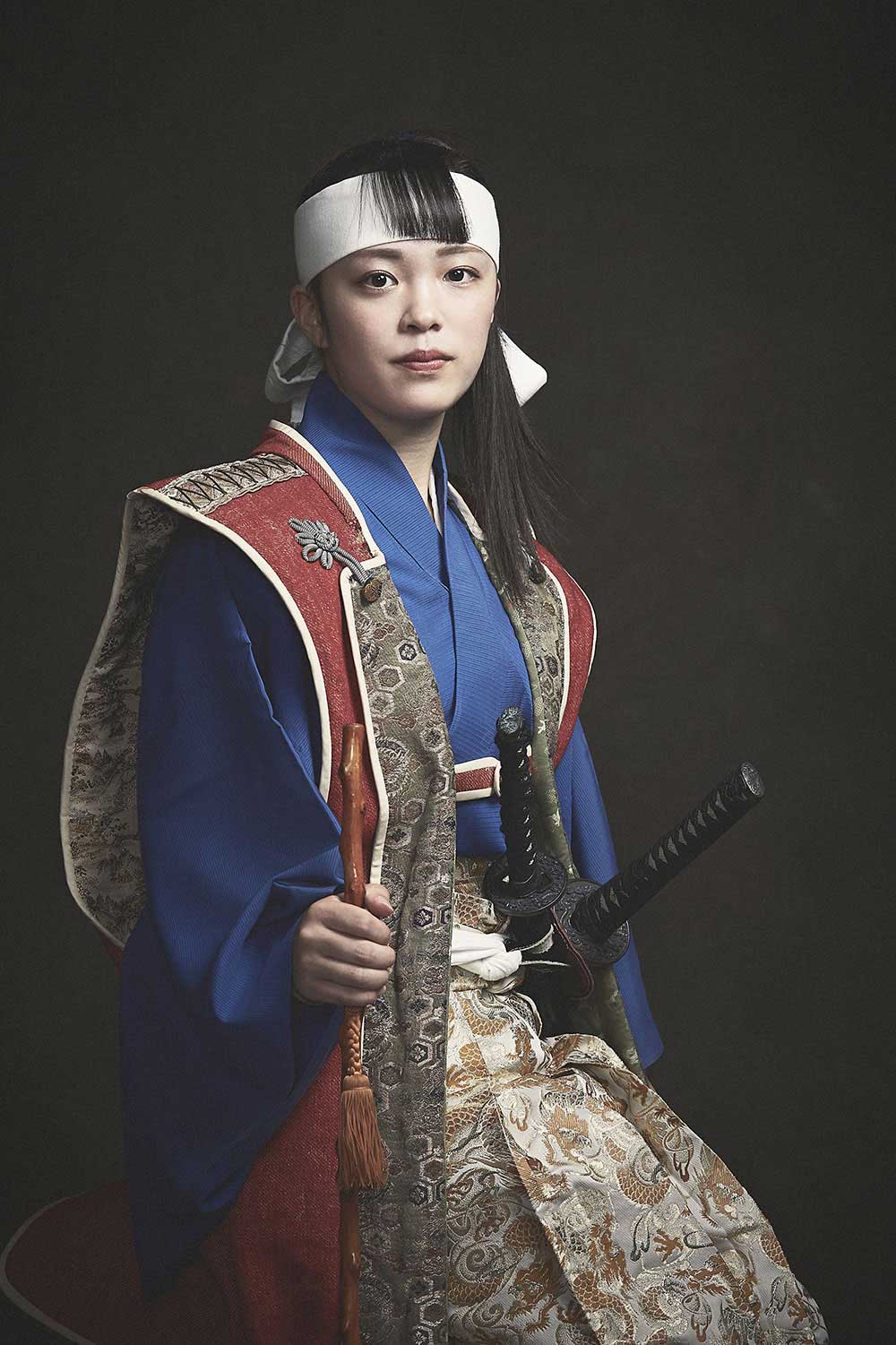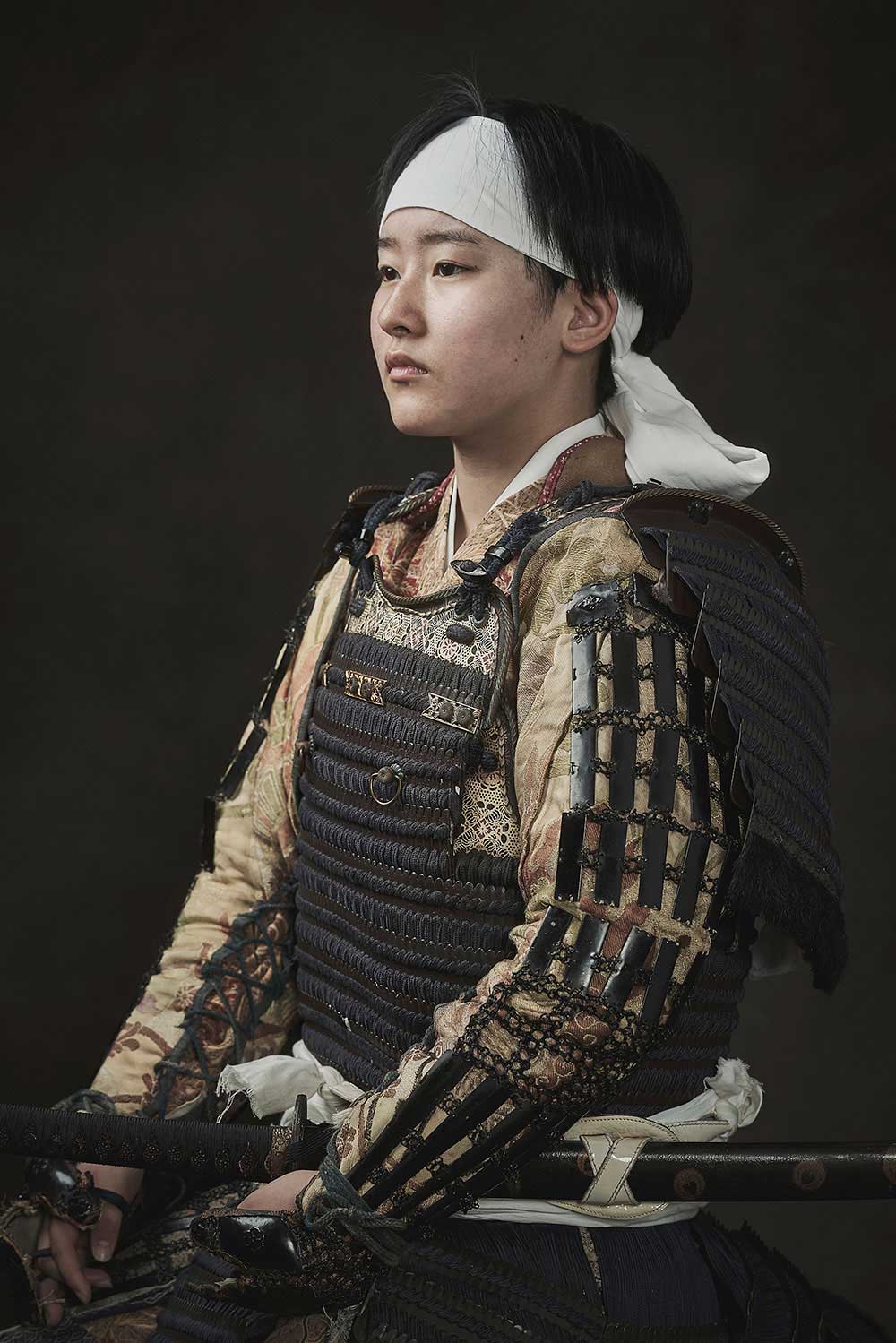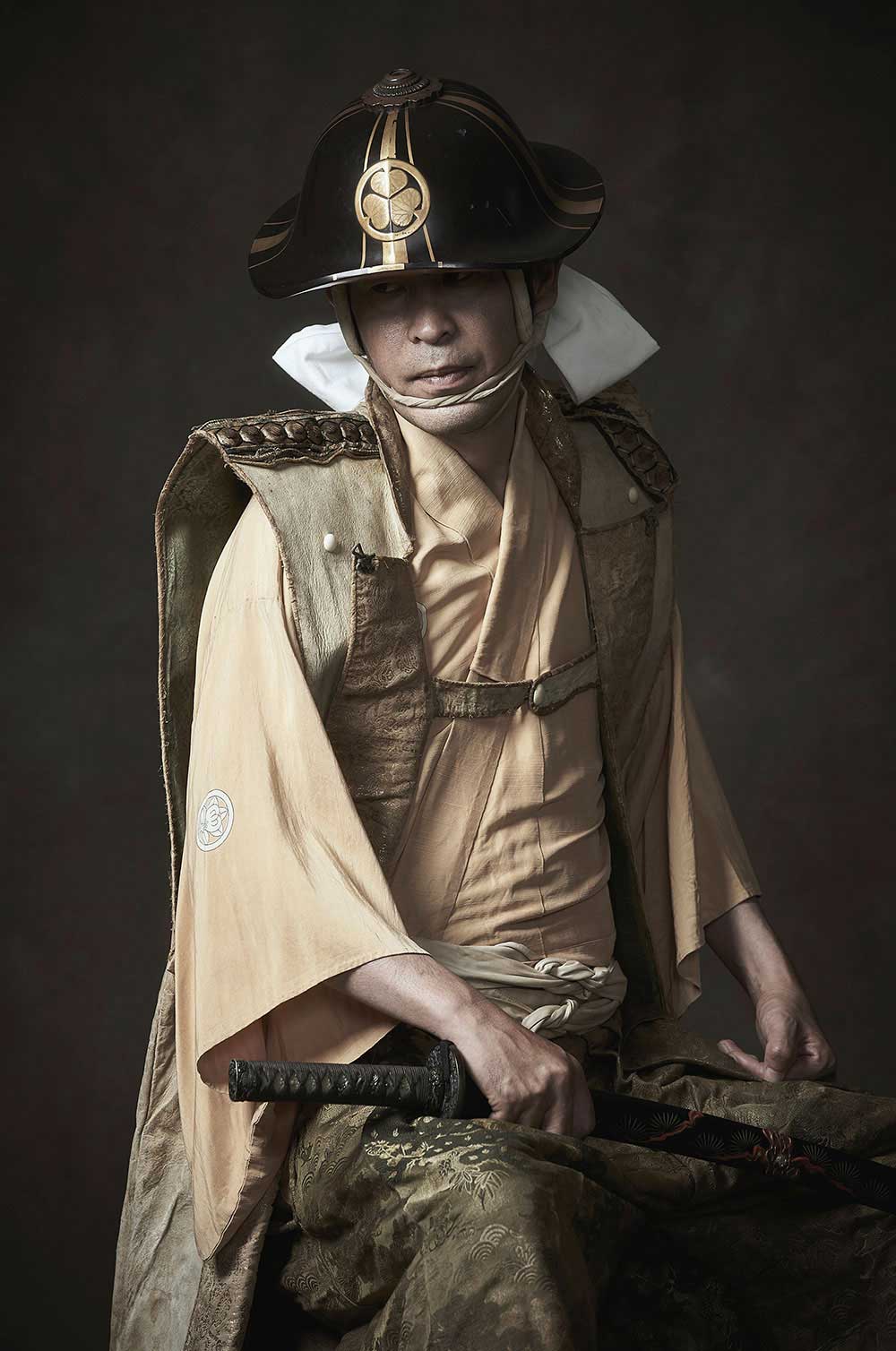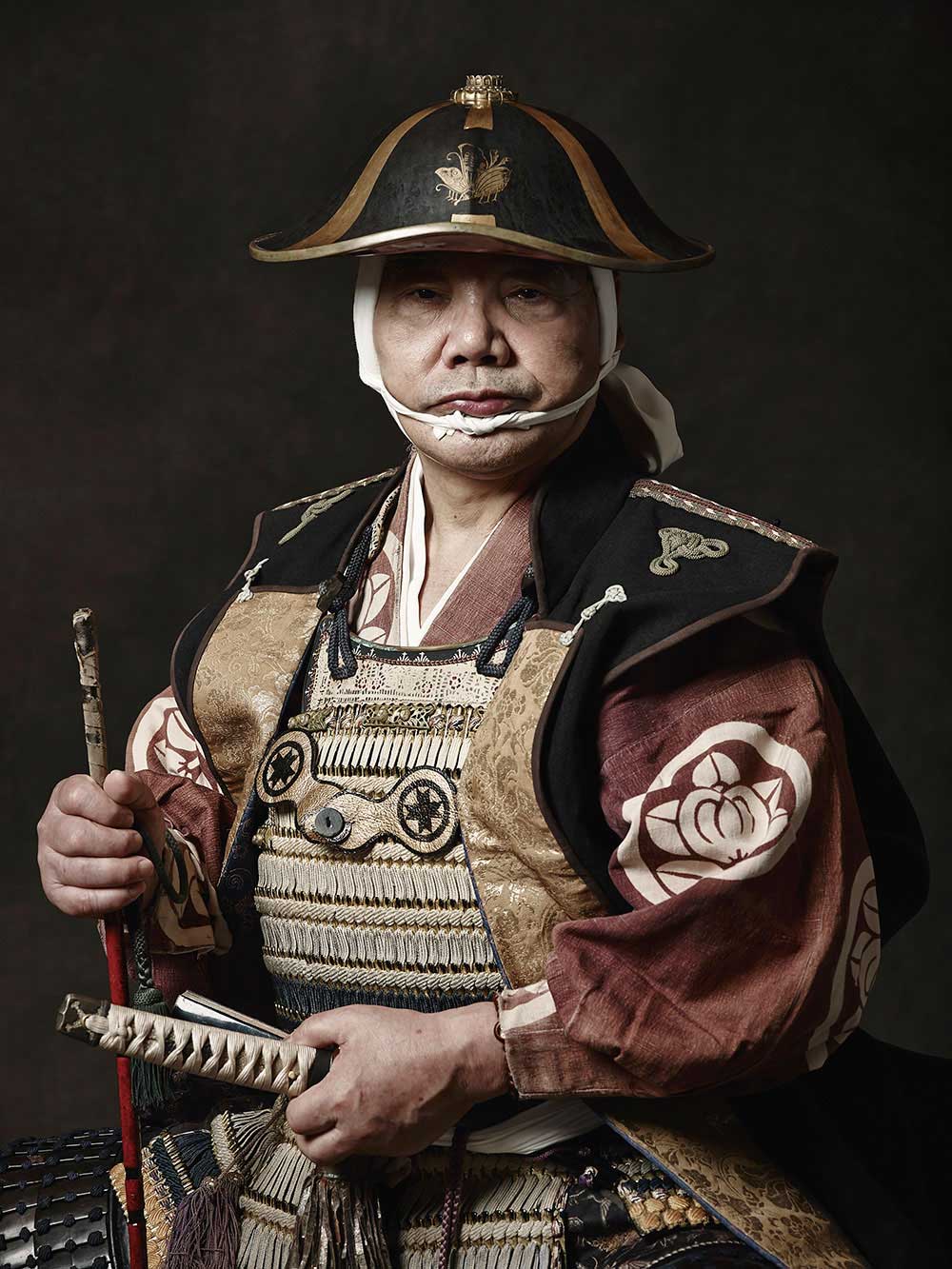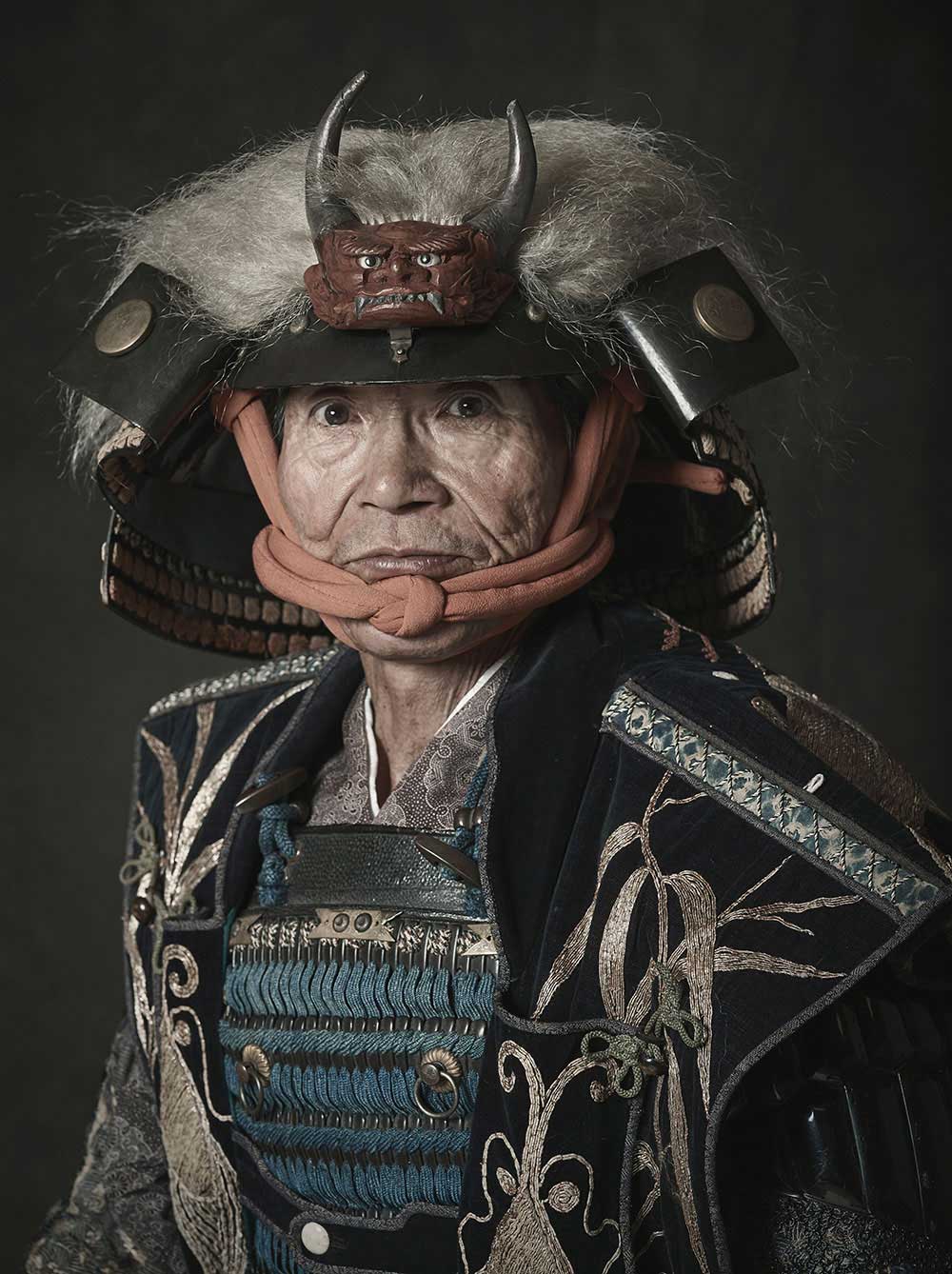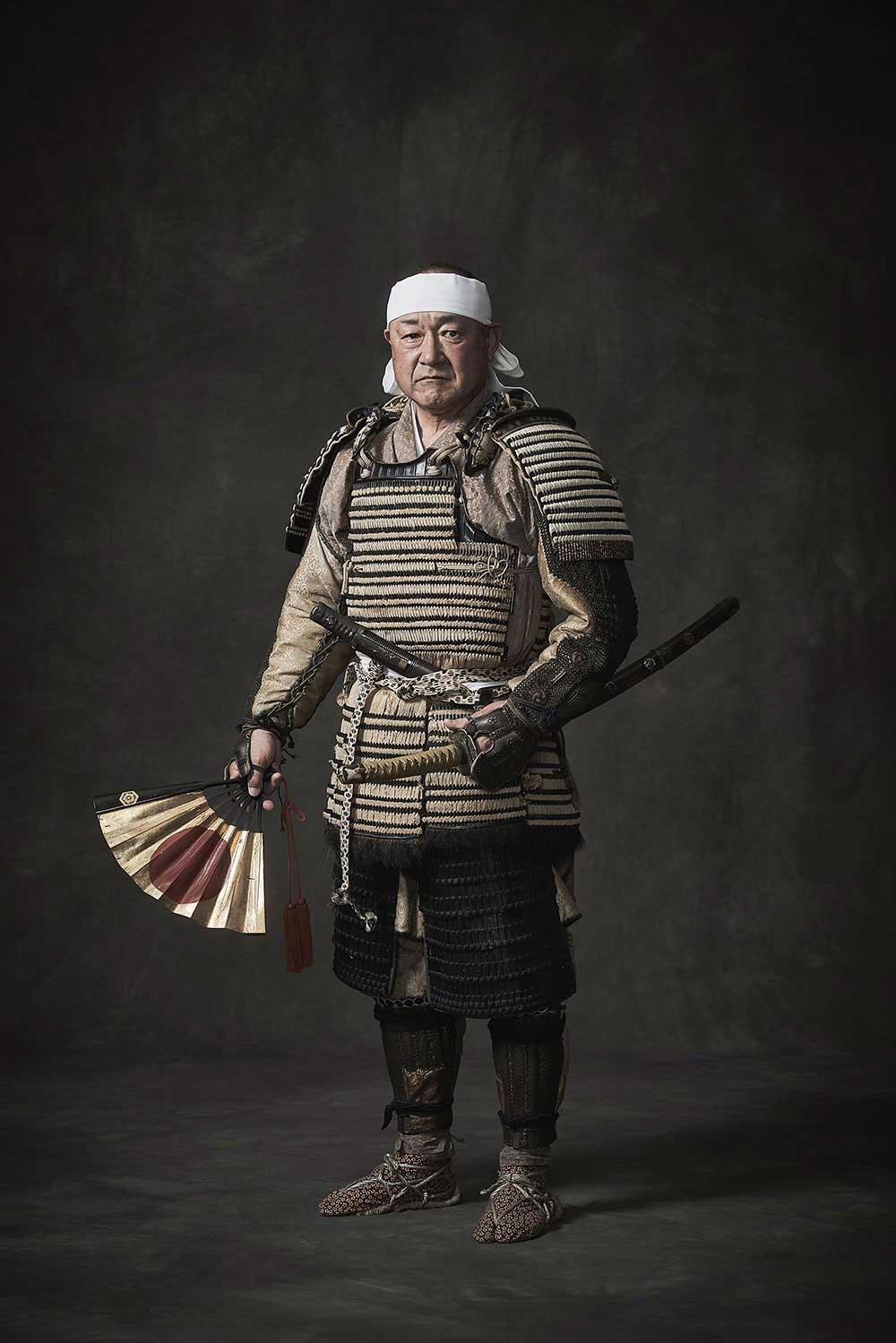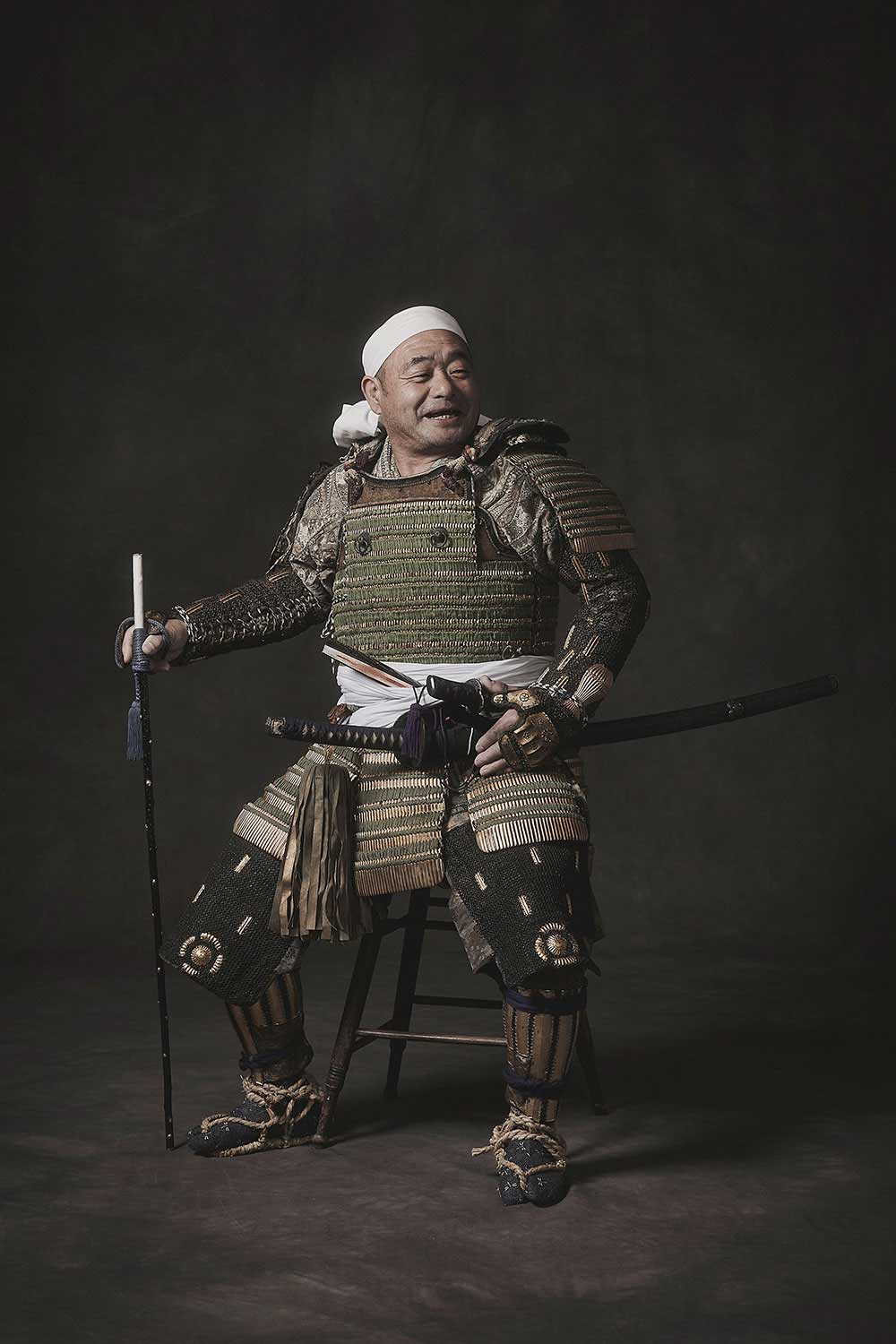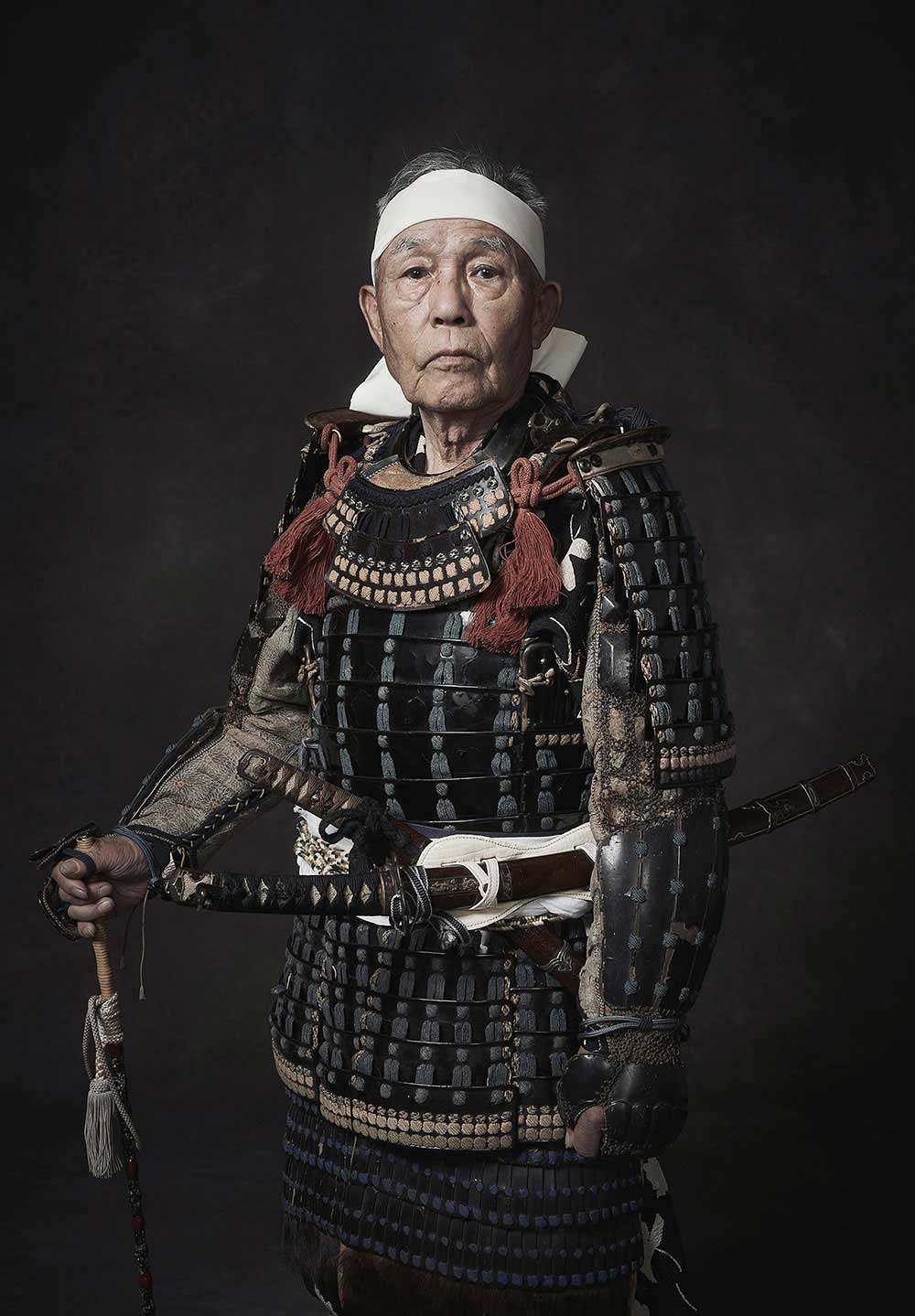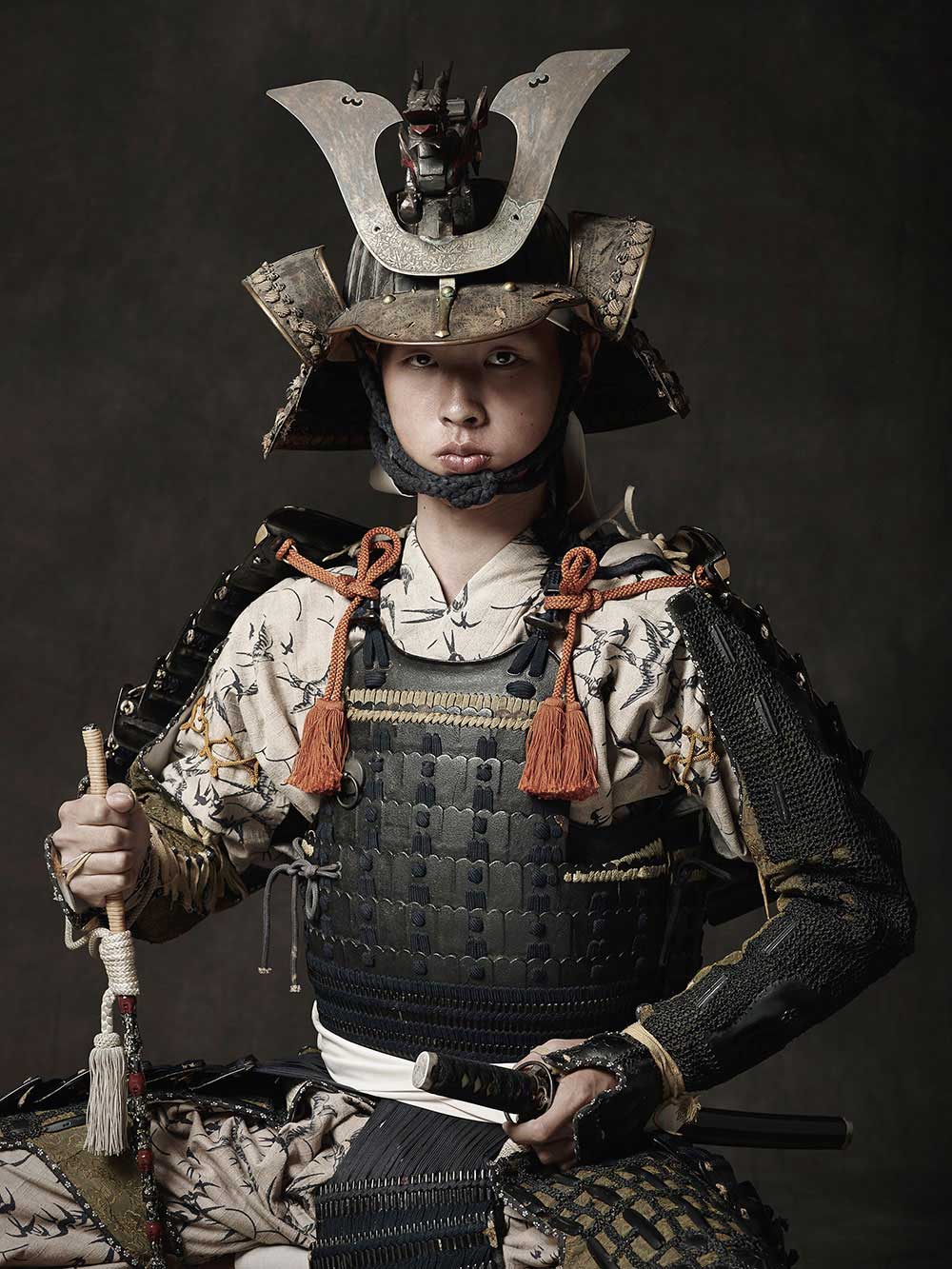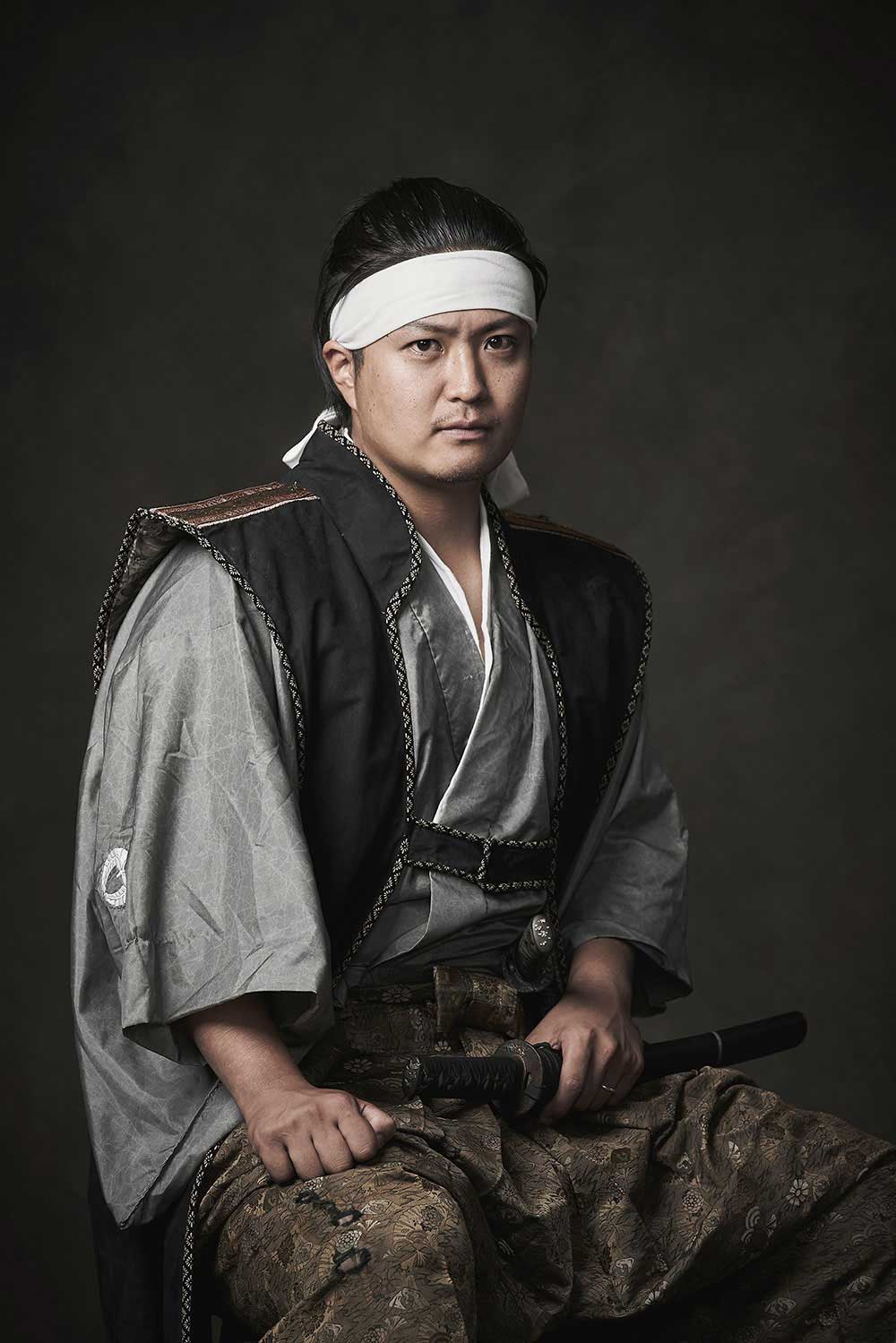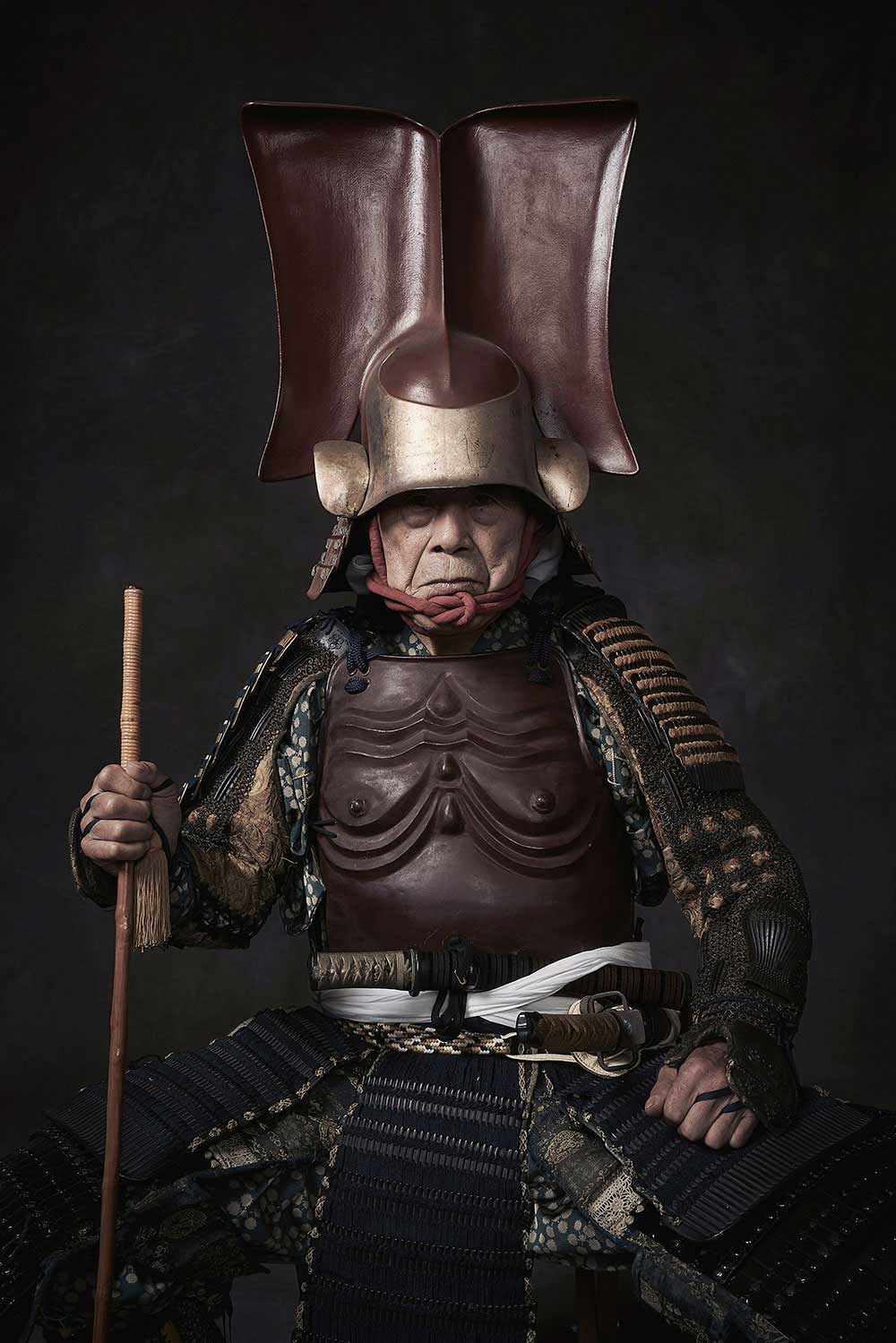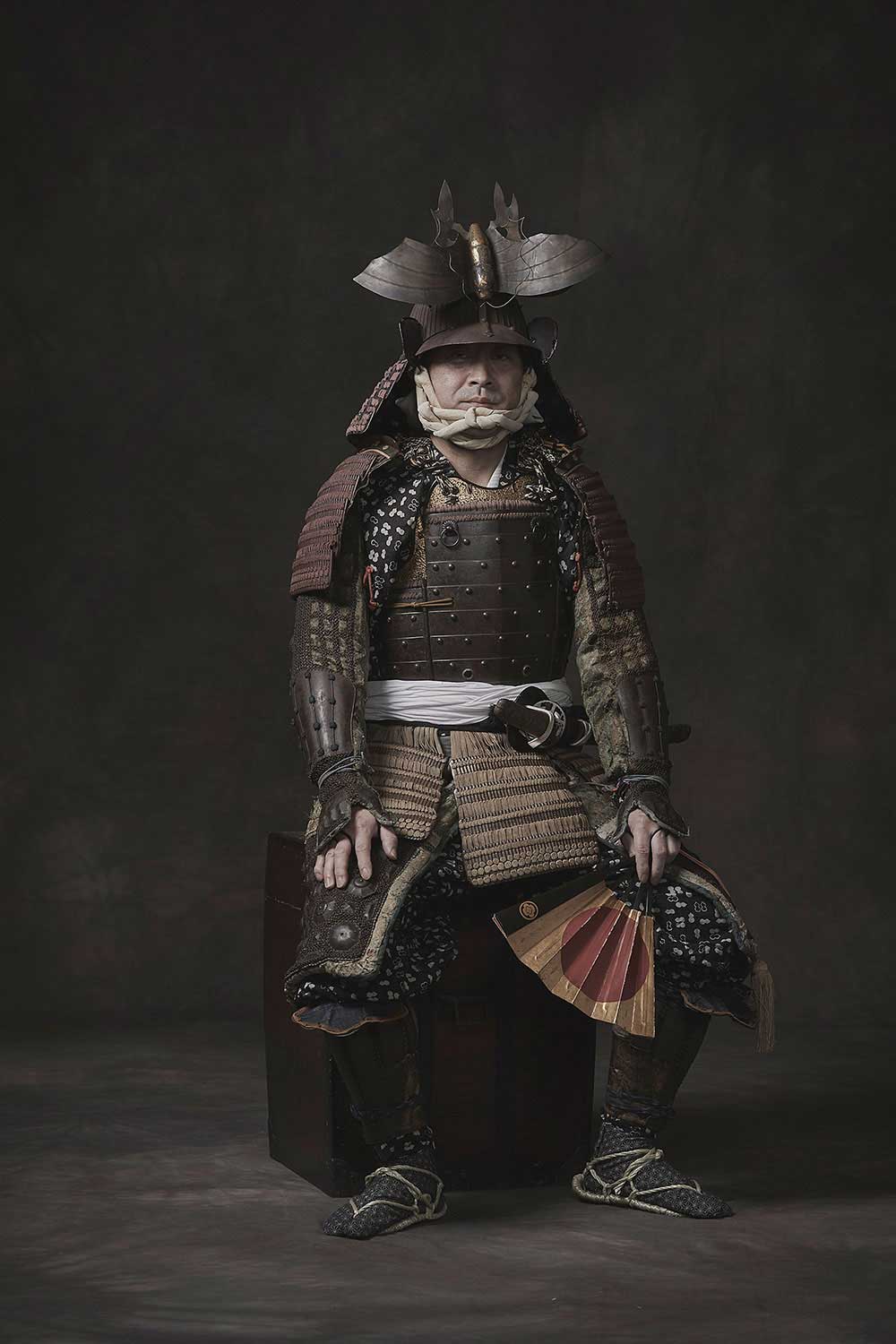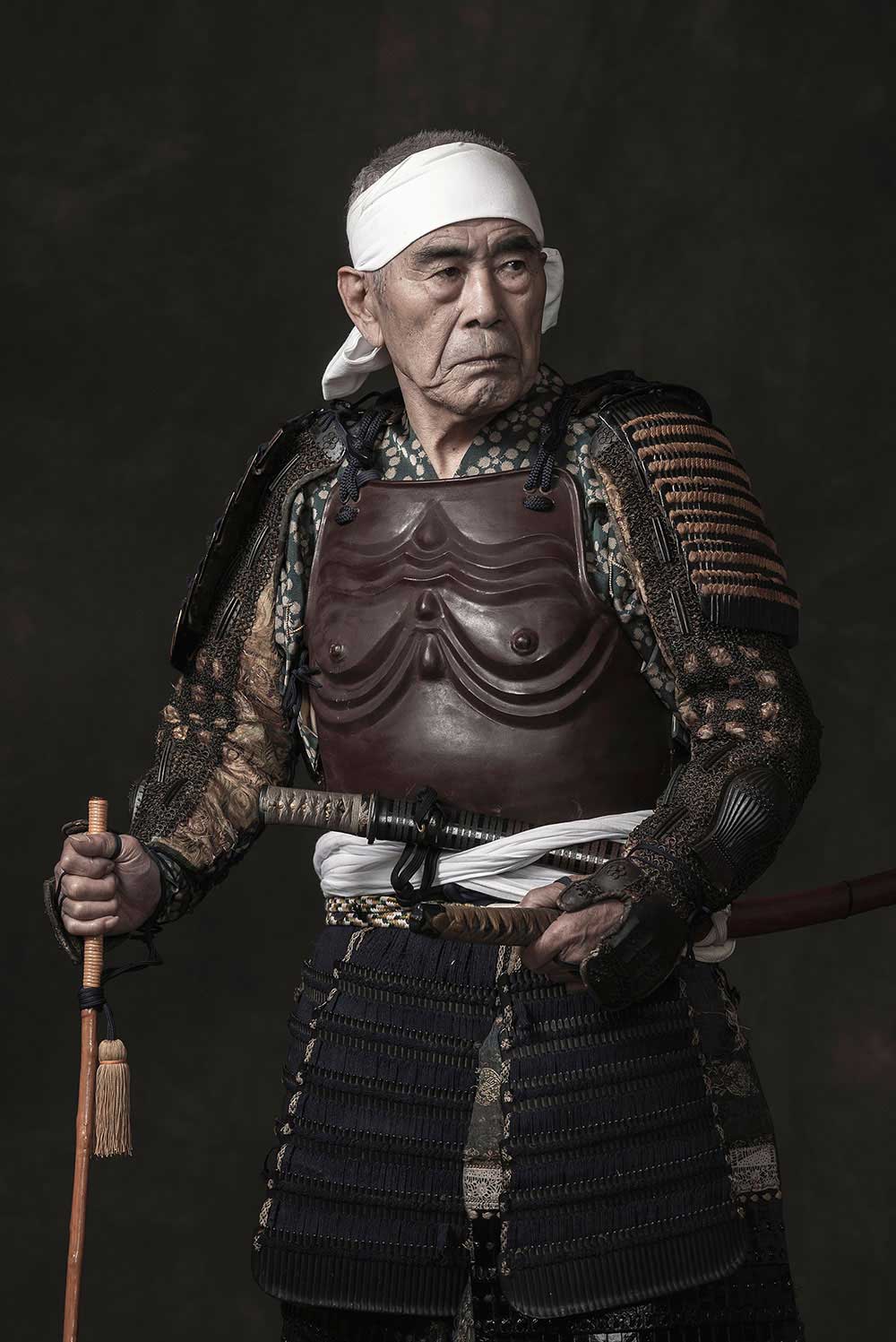In the Soma region of Fukushima prefecture, there is a traditional Samurai festival called “Soma Nomaoi”, which is said to have continued for more than 1000 years.
When I first visited the festival, I was shocked by the power of hundreds of cavalry warriors and their unique armor. I had a strong interest in understanding who each of them was.That strong interest is the inception of this project.
At the festival, the descendants of Samurai continue to protect their culture in parallel with living their current lives. Today they have the same strict hierarchical relationships and rank system that they used to, and they have a strong sense of protecting their general. Before the modern era, “Samurai” was a profession in itself but now they all have their modern profession. Nevertheless, the spirit of the Samurai is inherited in them.
I wanted to confront them, those who continue to protect the existence of Samurai and their culture in the modern era, and capture their personalities and Samurai identity. Their personalities shine through their armor. No two sets of armor are the same. Some are lucky to have armor that has been passed down in their family. But some purchase antique armor and repair to make it to its unique and the others custom order armor for themselves. Armor for them is more than an heirloom, it is a functional instrument, which acts as a tool to display their character. They have been “preserving the traditions they should inherit” and “accepting the changes come with the times” in parallel. With this effort, they pass down their culture by keeping it alive. The Samurai spirit living in them is indispensable for them to continue to be Samurai in today’s society. [Official Website][Print Edition][Digital edition]



